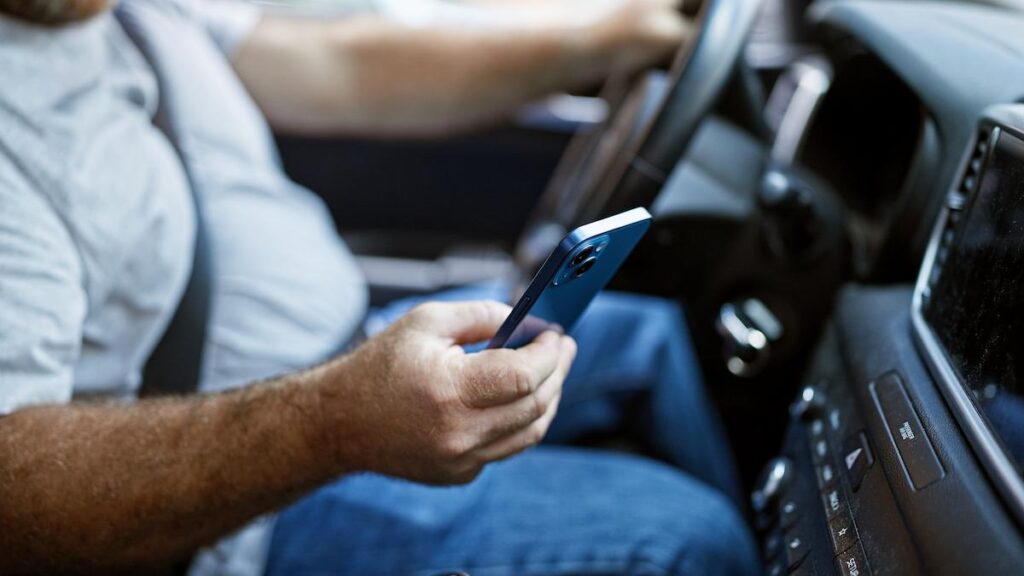Dangers of Texting and Driving – And How to Stop It

Texting while driving is a widespread danger that puts everyone on the road at risk. Many drivers underestimate the threat that this behavior poses—and pay the price for it. Protect yourself, your passengers, and everyone else on the road and streets by learning just how dangerous texting and driving can be and effective strategies to stop it cold turkey.
Texting and Driving Statistics
Texting while driving is a serious issue, and many alarming statistics show just how devastating it can be. The National Highway Traffic Safety Administration (NHTSA) reported that distracted driving led to 3,142 fatalities in 2019. Texting is especially dangerous because it distracts drivers visually, manually, and cognitively. Research shows that taking your eyes off the road for just five seconds at 55 mph is like driving the length of a football field blindfolded. The Centers for Disease Control and Prevention (CDC) notes that every day in the U.S., around nine people die, and over 1,000 are injured in crashes involving distracted drivers.
Legal Implications of Texting and Driving
Texting while driving is not only a dangerous behavior but also carries significant legal repercussions. Drivers caught in the act may face substantial fines, increased insurance premiums, and even license suspension. In severe cases, if texting leads to an accident causing injury or death, drivers can be charged with more serious offenses, including vehicular manslaughter.
These legal penalties serve as a stark reminder that each driver is responsible for maintaining focus on the road. Laws against texting and driving are designed to deter this risky behavior and reduce the number of accidents caused by distraction. As bad as it can be to lose your license from these penalties, it’s much better than losing your life or harming others.
How to Prevent Texting and Driving
In the end, preventing texting and driving comes down to putting your phone down while behind the wheel. In practice, it can be more complicated than that, especially if you’re used to having your phone available at all times. Here are some strategies to help you put down your phone and keep your eyes on the road while driving.
Personal Strategies for Staying Focused
Drivers can use several strategies to avoid texting while driving. The two simplest solutions are turning off notifications or placing the phone out of reach. Apps are also available to block texts and calls or send automatic replies, keeping drivers focused on the road.
Check Yourself and Others
Part of solving a problem is recognizing that there is a problem. Call it out if you or someone you know frequently texts and drives. Make a point of checking yourself and others who can’t seem to put the phone down. This gives you an incentive to stop looking at your phone, helping you to break bad habits and avoid the dangers associated with distracted driving.
Community and Legal Advocacy
Community programs are essential for spreading awareness about texting and driving dangers. Educational campaigns in schools and communities inform drivers about risks and encourage safer habits. Legal firms like Flager & Associates support victims of distracted driving and advocate for stricter laws, contributing to efforts to reduce these incidents.
Put Your Phone Down to Prevent Texting and Driving
A big part of modern road safety is addressing texting and driving. By understanding the dangers and taking preventive steps, individuals can help reduce accidents and keep everyone on the road safer. Anyone who operates a vehicle must take responsibility and engage in community efforts to promote safer roads.
If you’ve been affected by a distracted driving accident, contact Flager & Associates for expert legal support to help get the justice you deserve.
________
Resources
Image credit: Krakenimages.com / Shutterstock

